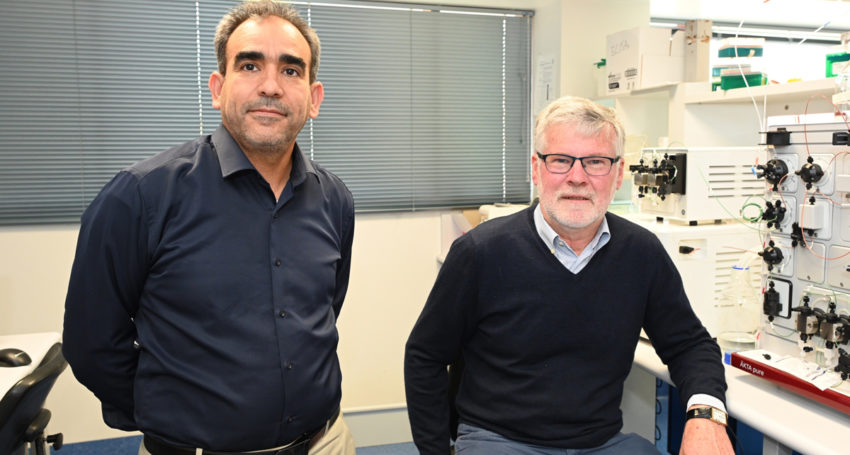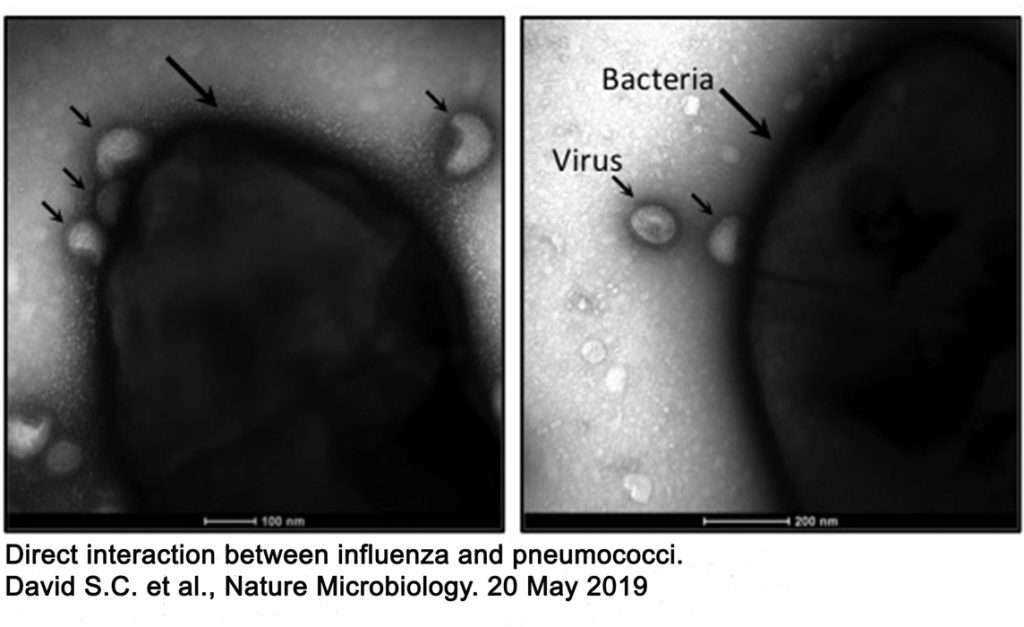Aussie researchers combine influenza and pneumococcal vaccine
Health & Medical
Scientists at the University of Adelaide have developed a vaccination approach that simultaneously combats influenza and pneumococcus, while enhancing the protection against both.

Sign up to receive notifications about new stories in this category.
Thank you for subscribing to story notifications.

The research conducted by Dr Mohammed Alsharifi and his team at the Research Centre for Infectious Diseases in Adelaide was published today in Nature Microbiology.
Despite the availability of vaccines for Influenza A virus (IAV) and Streptococcus pneumoniae (pneumococcal disease), co-infection is a recurring health issue that worsens pathogenicity and causes significant mortality.
However, Dr Alsharifi said combining their new class of vaccines into a single immunisation could overcome the limitations of influenza and pneumococcal vaccines currently used around the world.
“Current flu vaccines rely exclusively on humoral responses targeting the surface protein, which are subject to frequent mutations. Therefore, inactivated flu vaccines require annual reformulation to match circulating viruses,” he said.
“On the other hand, the cellular immunity, T cell-mediated immunity, is known to target the conserved internal virus proteins. This type of the immune response is known to be cross-reactive and protective against newly emerging seasonal and pandemic influenza viruses.
“Our study shows that co-administration of whole inactivated flu and pneumococcal vaccines resulted in significantly enhanced flu-specific T cell responses.”
Dr Alsharifi said this enhanced immunity is the result of the direct physical interaction between the virus and the bacterium.
“The pneumococcal (bacterial) component of the combined vaccine could enhance flu-specific responses, and what we found—the two components physically bind to each other, and that allowed a better immune activation,” said Dr Alsharifi.
“This is the key concept for this study.”
The researchers previously tested whether the flu helped pneumococcal responses and found that when combining antigens (different vaccines with the flu vaccine) the flu would act as an antigen in helping other vaccines respond.

“We thought we had a good pneumococcal vaccine and flu vaccine—why don’t we mix it?” said Dr Alsharifi.
“We know the old immunology dogma thing… but we thought we are exposed to different pathogens, bacteria and viruses all the time.
“So our immune system should be able to dissect and respond with the proper immune response to the different challenge.”
Dr Alsharifi said the current shortfall in flu vaccinations is that the virus mutates and the vaccine might not be able to protect against newly emerging viruses.
“This combination allows us to combat the newly emerging viruses, so basically we could induce cell immunity against any emerging viruses as well.”
The two vaccine components are in pre-clinical testing, with the pneumococcal vaccine expected to be released next year while the flu serum is currently with a vaccine manufacturer.
“Once we are able to manufacture, then we will be able to go into clinical trials,” Dr Alsharifi said.
“Our ultimate goal is to mix the two, and we’ll have the perfect composition against pandemic flus as well as pneumonia, meningitis and so on,” said Dr Alsharifi.
Jump to next article



